
The Amazing Spider-Man is an ongoing American superhero comic book series featuring the Marvel Comics superhero Spider-Man as its title character and main protagonist. Being in the mainstream continuity of the franchise, it was the character's first title, launching seven months after his introduction in the final issue of Amazing Fantasy. The series began publication with a March 1963 cover date and has been published nearly continuously to date over six volumes with only one significant interruption. Issues of the title currently feature an issue number within its sixth volume, as well as a "legacy" number reflecting the issue's overall number across all Amazing Spider-Man volumes. The title reached 900 issues in 2022.
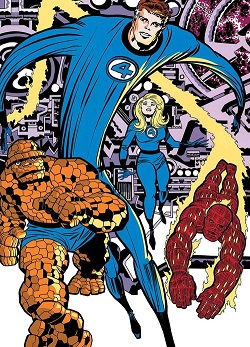
The Fantastic Four is a superhero team appearing in American comic books published by Marvel Comics. The team debuted in The Fantastic Four #1, helping usher in a new level of realism in the medium. It was the first superhero team created by artist/co-plotter Jack Kirby and editor/co-scripter Stan Lee, and through this title that the "Marvel method" style of production came into prominence.

Spider-Man is a superhero appearing in American comic books published by Marvel Comics. Created by writer-editor Stan Lee and artist Steve Ditko, he first appeared in the anthology comic book Amazing Fantasy #15 in the Silver Age of Comic Books. He has been featured in comic books, television shows, films, video games, novels, and plays.
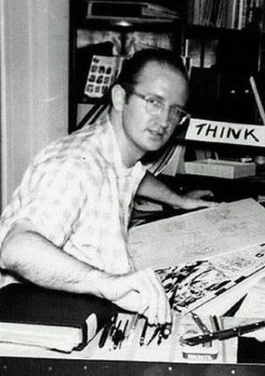
Stephen John Ditko was an American comics artist and writer best known for being the co-creator of Marvel superhero Spider-Man and creator of Doctor Strange. He also made notable contributions to the character of Iron Man, revolutionizing the character's red and yellow design.

Dr. Stephen Vincent Strange is a character appearing in American comic books published by Marvel Comics. Created by Steve Ditko, the character first appeared in Strange Tales #110. Doctor Strange serves as the Sorcerer Supreme, the primary protector of Earth against magical and mystical threats. Strange was introduced during the Silver Age of Comic Books in an attempt to bring a different kind of character and themes of mysticism to Marvel Comics.
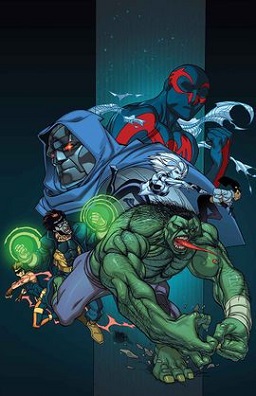
Marvel 2099 was a Marvel Comics imprint, started in 1992, that was originally about one possible future of the Marvel Universe, but later revealed to be the Earth of the main Marvel continuity in the distant future. It was originally announced by Stan Lee in his "Stan's Soapbox" column as a single series entitled The Marvel World of Tomorrow, which was being developed by Lee and John Byrne. This later changed to a line of books under the banner Marvel 2093 before finally being published as Marvel 2099.
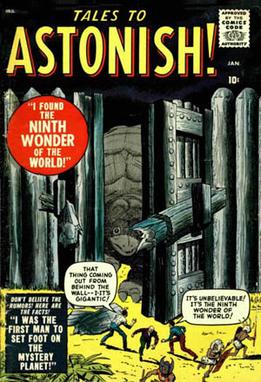
Tales to Astonish is the name of two American comic book series, and a one-shot comic, all published by Marvel Comics.

The Fly is a superhero appearing in American comic books published by Red Circle Comics. He was created by Joe Simon as part of Archie's "Archie Adventure Series" and later camped up as part of the company's Mighty Comics line. He first appeared in The Double Life of Private Strong #1 ; however, his origin story and first "full-length" appearance were in Adventures of the Fly #1.
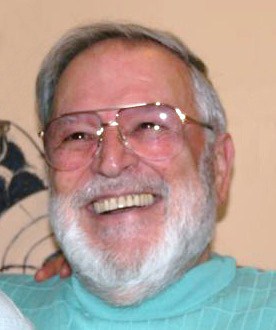
John Victor Romita was an American comic book artist best known for his work on Marvel Comics' The Amazing Spider-Man and for co-creating characters including Mary Jane Watson, the Punisher, Kingpin, Wolverine, and Luke Cage. Romita was the father of John Romita Jr., also a comic book artist, and the husband of Virginia Romita, who was for many years Marvel's traffic manager.

Doctor Anthony Druid, also known as Doctor Droom and Druid, is a fictional mystic and a supernatural monster-hunter appearing in American comic books published by Marvel Comics. Co-created by writer-editor Stan Lee and penciller Jack Kirby, he debuted as Dr. Anthony Droom in Amazing Adventures #1, published in March 1961. Kirby's art was inked by artist Steve Ditko. Dr. Droom appeared in four more issues of Amazing Adventures before his stories discontinued. Over a year later, artist Steve Ditko approached Stan Lee with a new magic character called Mr. Strange. Liking the idea, Stan Lee renamed the character Dr. Strange and wrote an origin story similar to Dr. Droom's. Dr. Anthony Droom was finally reintroduced to comics in 1976 in Weird Wonder Tales #19 in a retelling of his origin story which renamed him Dr. Anthony Druid. This retelling included new writing by Larry Lieber.

Donald L. Heck was an American comics artist best known for co-creating the Marvel Comics characters Iron Man, the Wasp, Black Widow, Hawkeye and Wonder Man and for his long run penciling the Marvel superhero-team series The Avengers during the 1960s Silver Age of comic books.

Spider-Man 2099 is a superhero appearing in American comic books published by Marvel Comics. The character was created by Peter David and Rick Leonardi in 1992 for the Marvel 2099 comic book line, and he is a futuristic re-imagining of the original Spider-Man created by Stan Lee and Steve Ditko. His true identity is Miguel O'Hara, an Irish-Mexican geneticist living in Nueva York in the year 2099 who attempts to re-create the abilities of the original Spider-Man in other people and later suffers a related accident that causes half of his DNA to be rewritten with a spider's genetic code.

The Punisher 2099 is a comic book series following the account of Jake Gallows in the year 2099 in an alternate Marvel Universe. The majority of the issues were written by Pat Mills and Tony Skinner, with art by Tom Morgan. The rest were written by Chuck Dixon. The series ran from February 1993 through November 1995 with a total of 34 issues.

X-Men 2099 is a comic book series published by Marvel Comics from 1993 to 1996 that chronicled the adventures of an X-Men team in the year 2099. It extends the Marvel 2099 imprint, which features other future versions of popular Marvel characters, such as Spider-Man 2099 and Hulk 2099. The series was written by John Francis Moore and largely pencilled by Ron Lim.
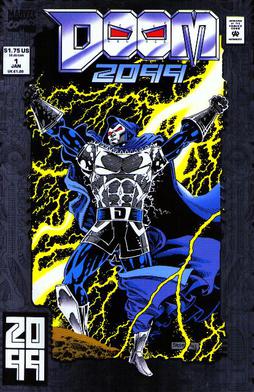
Doom 2099 is a fictional anti-hero appearing in American comic books published by Marvel Comics. The character was primarily featured in the Marvel 2099 series Doom 2099. The character is based on Doctor Doom, created by Stan Lee and Jack Kirby. The series was written by John Francis Moore for its first two years, and by Warren Ellis for its third.
Paul Ryan was an American comic artist. Ryan worked extensively for Marvel Comics and DC Comics on a number of super-hero comic book titles. He is best known for his 1991 to 1996 run as penciler on Fantastic Four, which represents his longest association with an individual comic book series. From 2005 until his death in 2016, Ryan penciled and inked the daily newspaper comic strip The Phantom for King Features Syndicate.

Master Khan is a fictional supervillain appearing in American comic books published by Marvel Comics, a recurring foe of Iron Fist and Luke Cage. He first appeared in Strange Tales #77, and was created by Stan Lee and Steve Ditko.

Stan Lee was an American comic book writer, editor, publisher and producer. He rose through the ranks of a family-run business called Timely Comics which would later become Marvel Comics. He was Marvel's primary creative leader for two decades, leading its expansion from a small division of a publishing house to a multimedia corporation that dominated the comics and film industries.

The Green Goblin is the alias of several supervillains appearing in American comic books published by Marvel Comics. Created by writer Stan Lee and artist Steve Ditko, the first and best-known incarnation of the Green Goblin is Norman Osborn, who is regarded as one of the superhero Spider-Man's three archenemies, alongside Doctor Octopus and Venom. Originally a manifestation of chemically induced insanity, others would later take on the persona, including Norman's son Harry Osborn. The Green Goblin is depicted as a criminal mastermind who uses an arsenal of Halloween-themed equipment, including grenade-like Pumpkin Bombs, razor-sharp bats, and a flying Goblin Glider, to terrorize New York City.


















